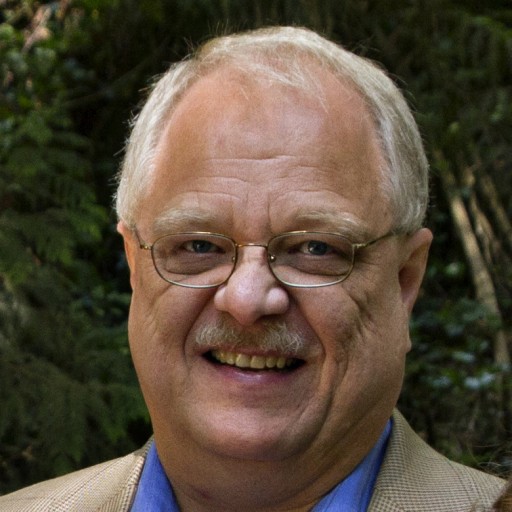First Decisions
 The cartoon showed a business executive sitting at a huge desk with skyscrapers peering in the window behind him. His administrative assistant reviews the schedule for the day: “You’ve got pussyfooting from 10 to 11, shilly-shallying until 12, then hemming and hawing the rest of the afternoon.”
The cartoon showed a business executive sitting at a huge desk with skyscrapers peering in the window behind him. His administrative assistant reviews the schedule for the day: “You’ve got pussyfooting from 10 to 11, shilly-shallying until 12, then hemming and hawing the rest of the afternoon.”
The dilemma of indecision, however, is not exclusive to the comics page, but is discussed on the front page of the morning newspaper as well. For example, where I live, the state legislature’s inability to reach a timely decision on drawing new congressional boundaries has just sent the matter to a federal panel that made the decision for them.
Indecision creates problems in personal finance too. Failure to select and purchase a life insurance policy can be catastrophic in the event of premature death. Hesitance to begin saving in a person’s 20s can mean tens of thousands of dollars less available for financial support in retirement.
Some persons have trouble making any decision; they seem to want to keep all options open until the very last second. Others are paralyzed by fear of the consequences of making a poor choice or the anxiety about rejection should things turn out poorly.
Too Many Choices
However, there is another element to consider; research indicates that having too many choices can result in indecision. The classic, often-mentioned study involved a display of imported jams at an upscale grocery store in Menlo Park, California. In the mid-1990s, Sheena Iyengar set up a display at Draeger’s Market, alternating between 6 and 24 types of jam, and began to count how people responded. When the display had 24 varieties, more people stopped to look, but only 3 percent actually made a purchase. When the display had 6 types of jam, 30 percent made purchases. This study suggests that when there are too many choices people give up and walk away. Multiplied options decrease the likelihood of a decision.
Later, Iyengar looked at the 401(k) retirement plans for 657 companies. She found that when a company provided two investment options, 75 percent of the eligible employees participated in the retirement plan. If a company provided 59 choices, participation dropped to 60 percent. The larger the selection of investment options, the fewer the number of workers who actually chose to participate. Too many choices can paralyze the decision-making process.
I recently talked with a seminary graduate who, with his wife’s collaboration, paid off $20,000 in student loans in 18 months. As he described what they did to achieve this milestone, it occurred to me that in a sense they limited the number of options they would consider. They had a goal clearly in mind and that goal helped them identify what to say “yes” to and what needed a firm “no.” They followed the counsel of Dave Ramsey and allotted every dollar before payday. Sticking with this plan censored the deluge of marketing messages that tempt people to spontaneous spending which can be catastrophic. As this couple looked toward a lifetime of ministry, they quickly disposed of debt so that they might be financially nimble and able to respond to God’s direction wherever that leads.
In 1949, the typical grocery store stocked less than 4,000 items; stores today have about 45,000 unique items. An online bookseller will list millions of books. A restaurant menu often requires the diner to peruse pages of options for a meal, and then select bacon or sausage, soup or salad, or one of a dozen side dishes. We live in a culture that expects a wide range of choices. To keep the whirlpool of options from pulling us into the vortex of indecision, we must find ways to quickly eliminate the inconsequential and hold onto what really matters. First decisions are important in that process.

